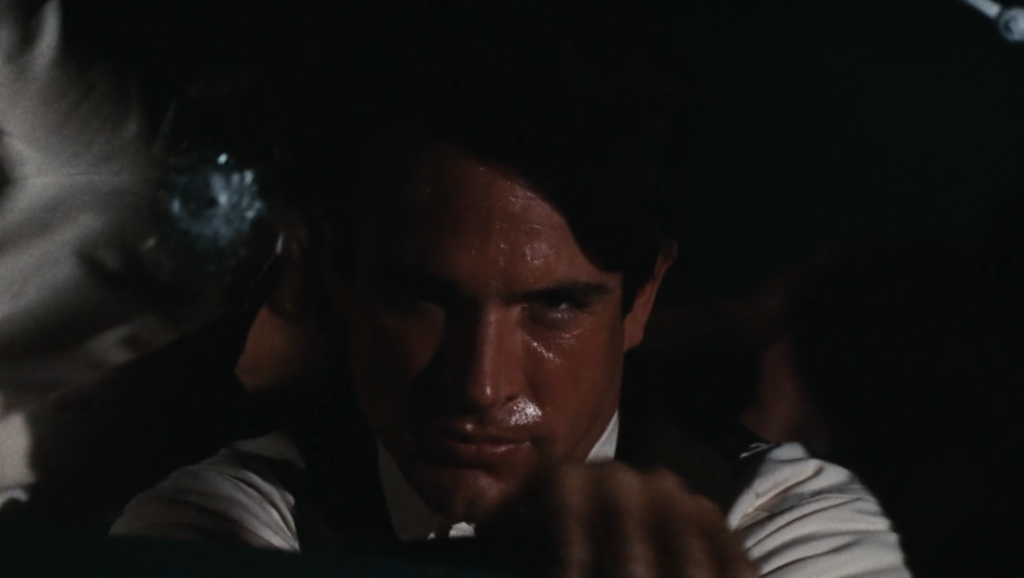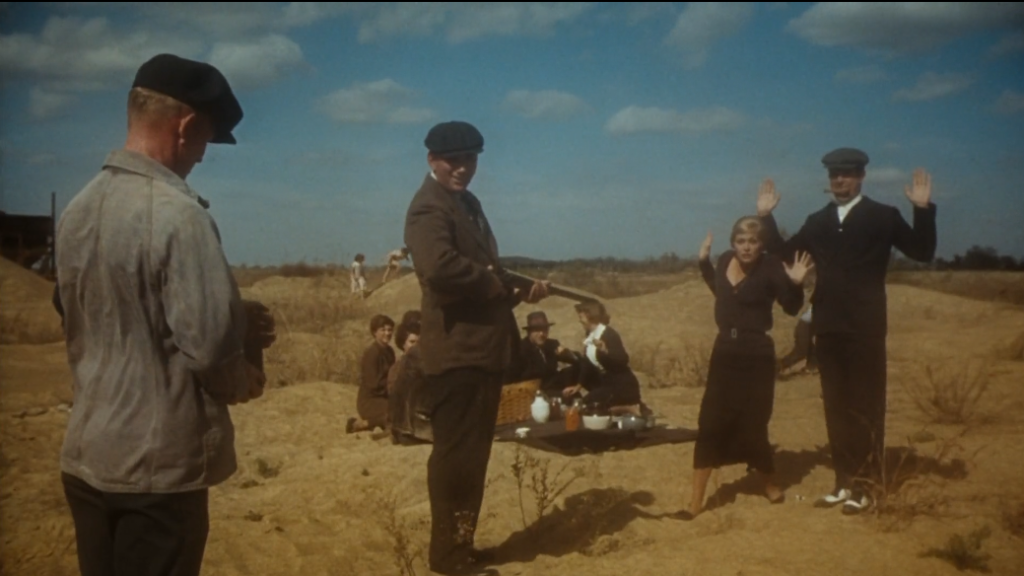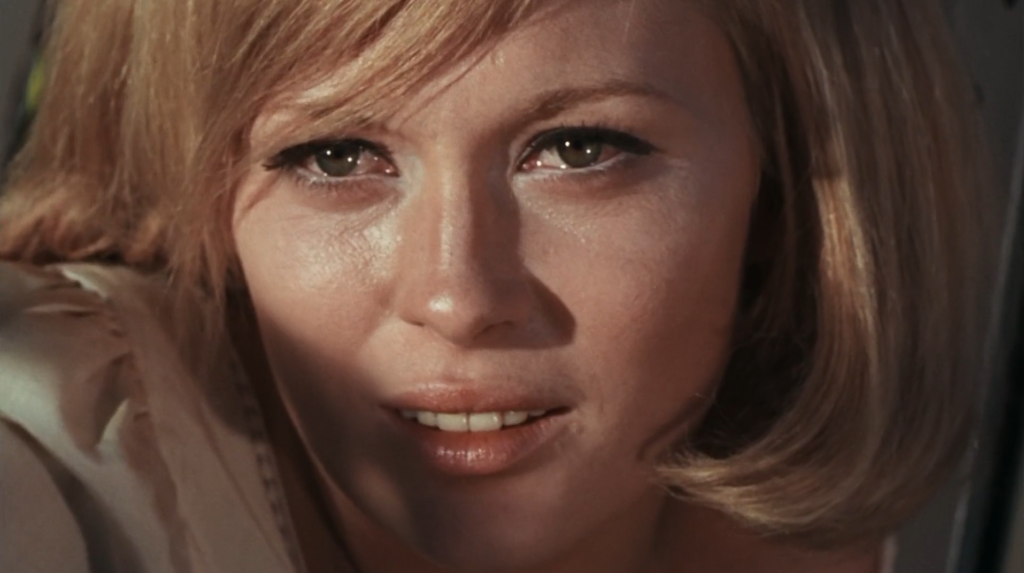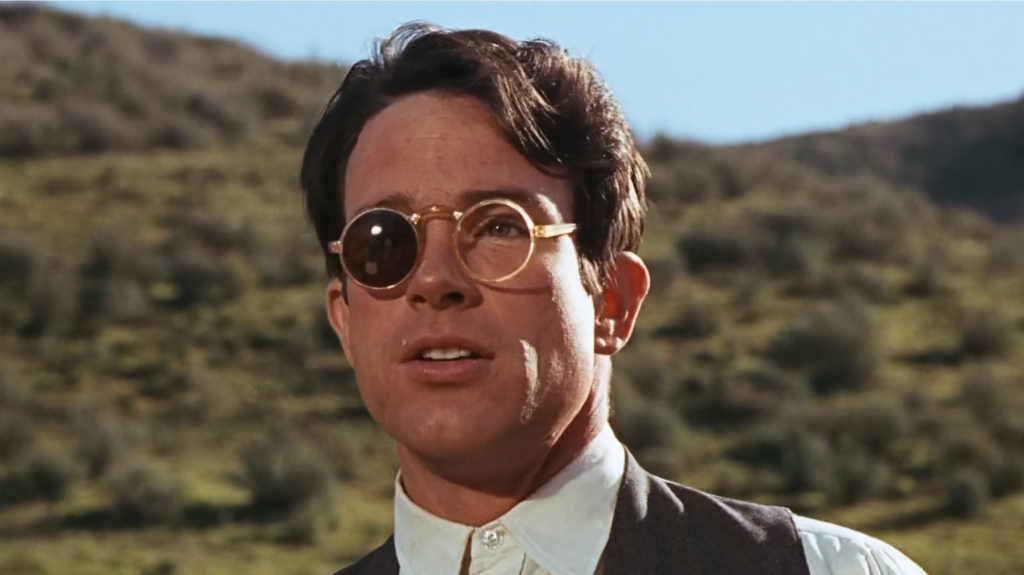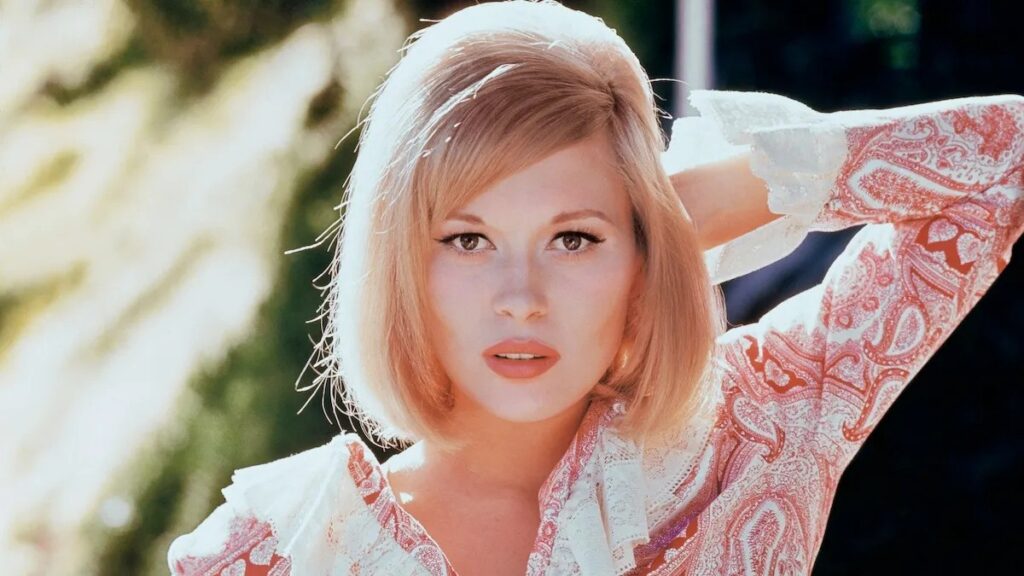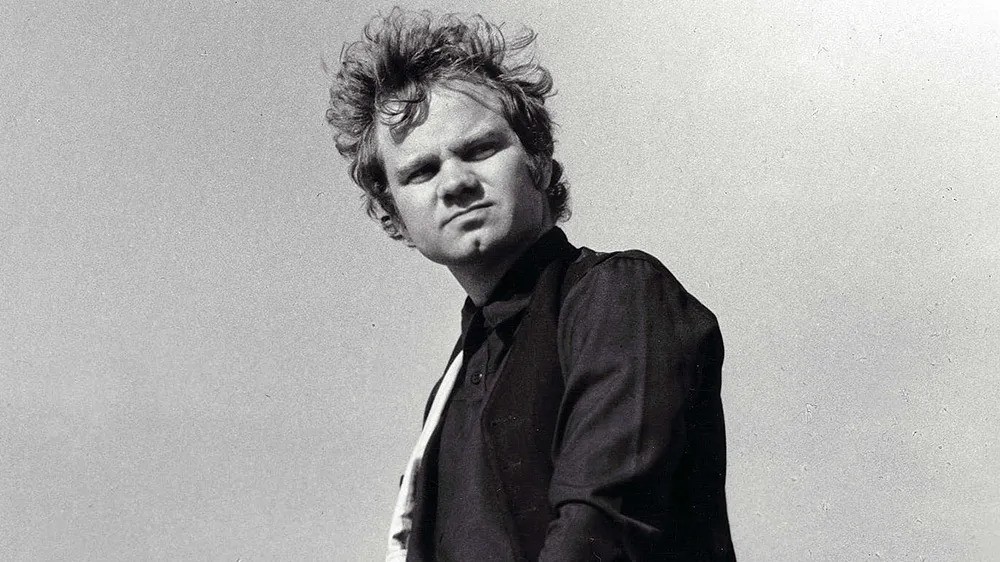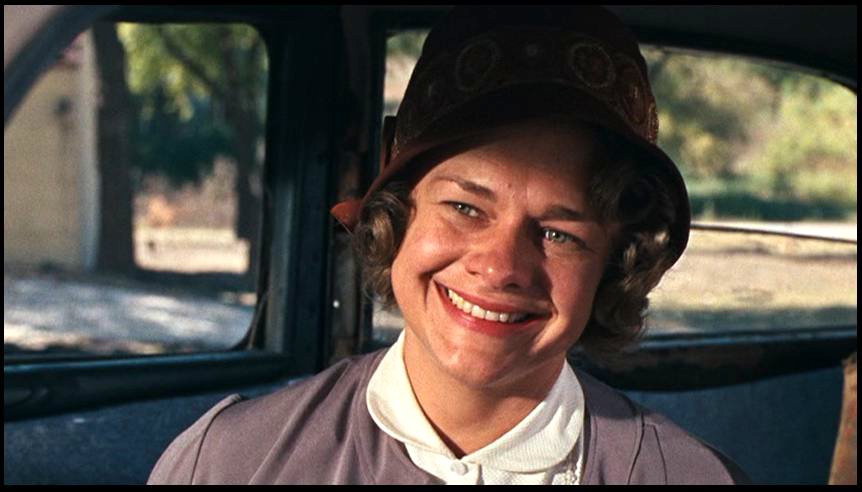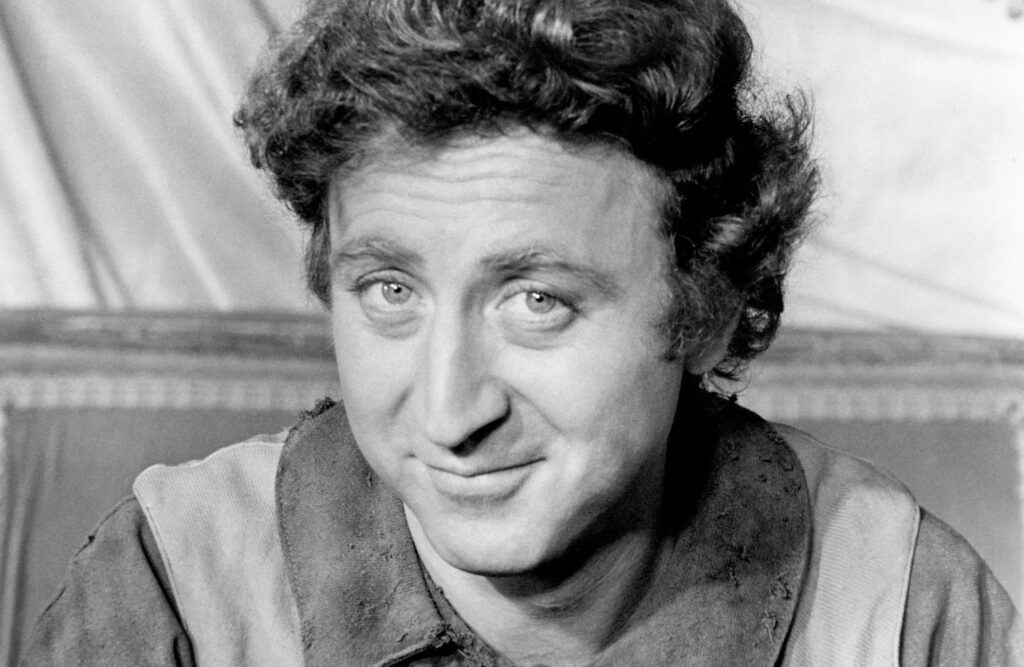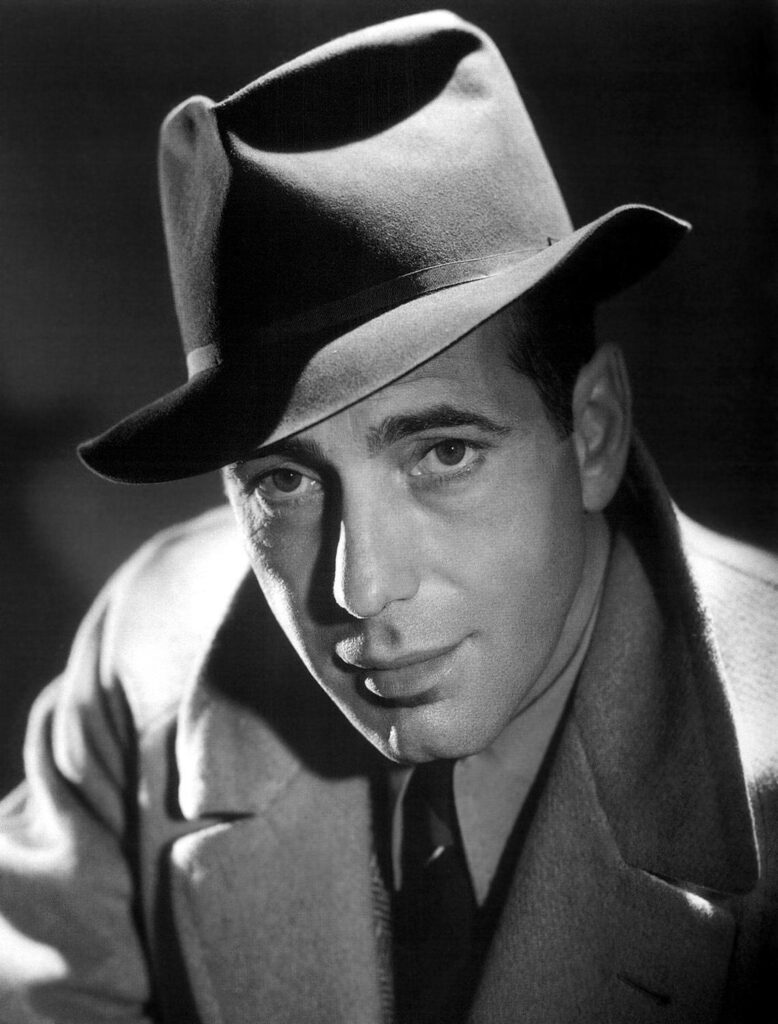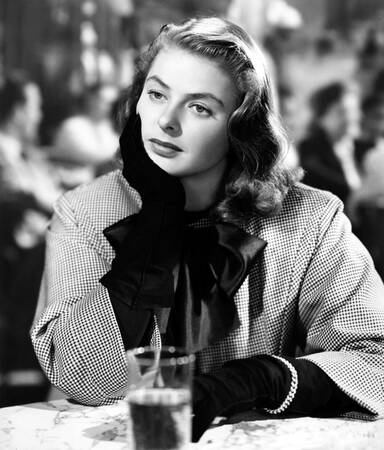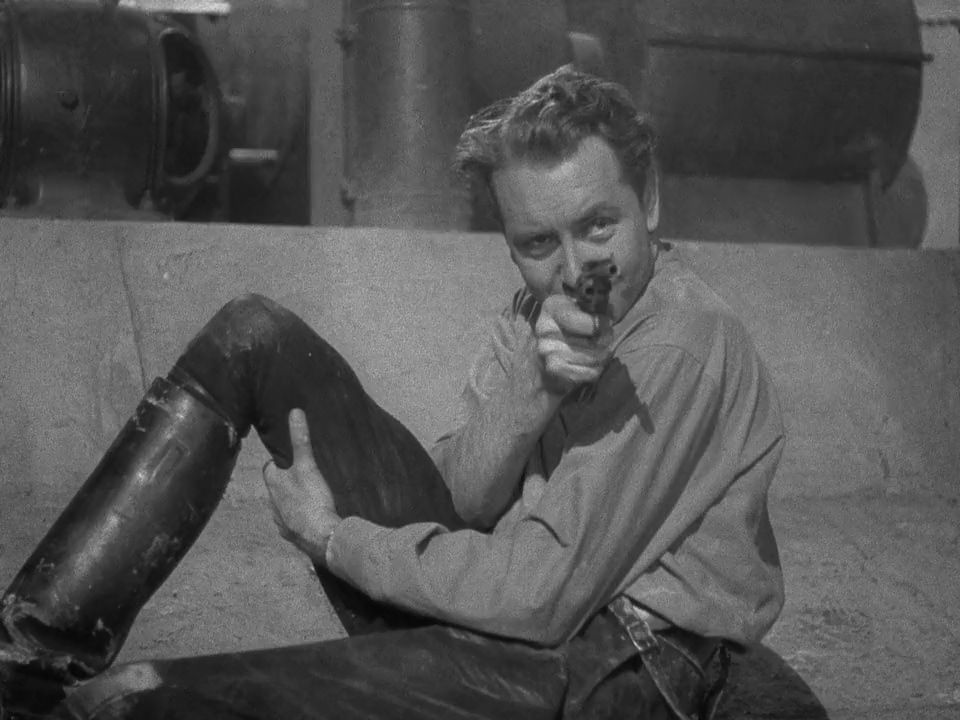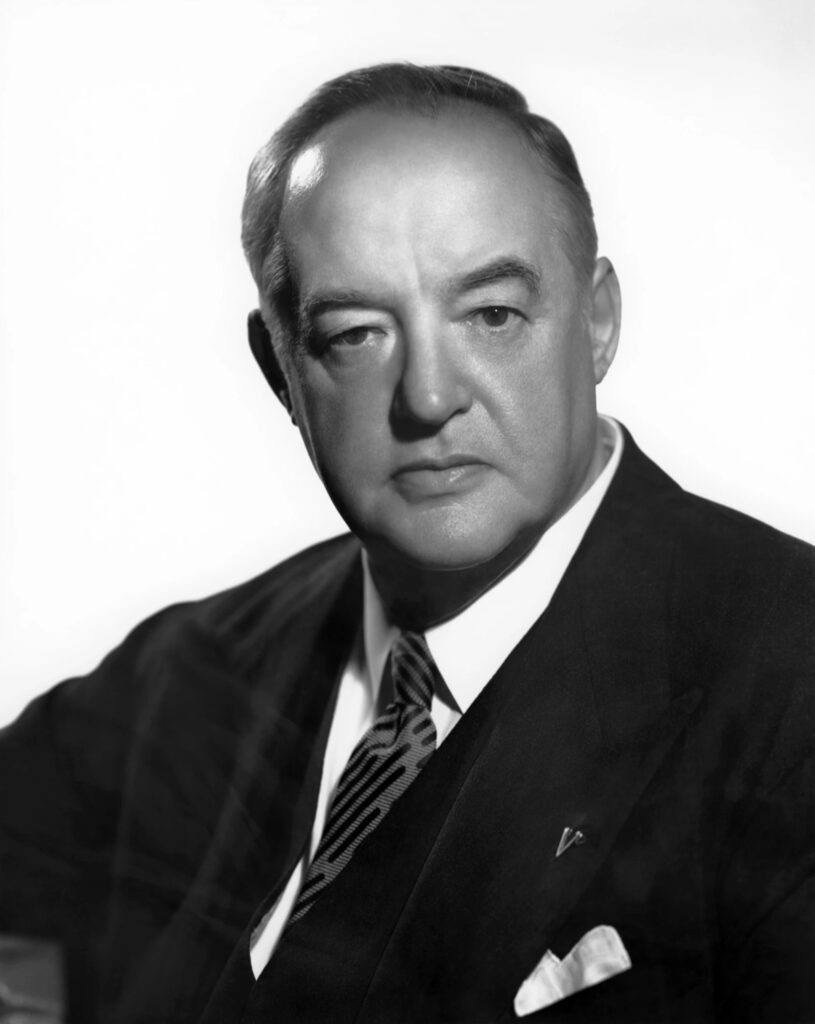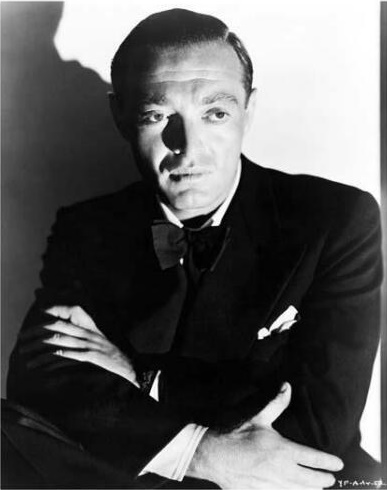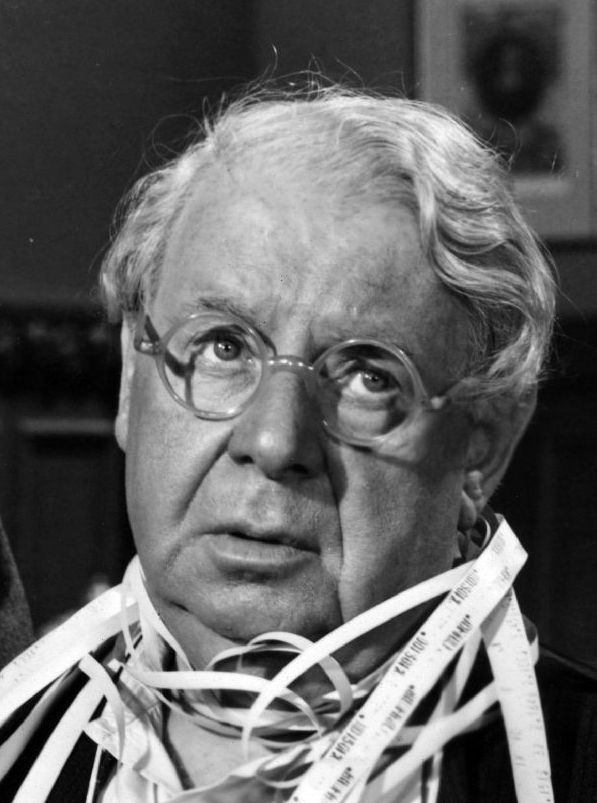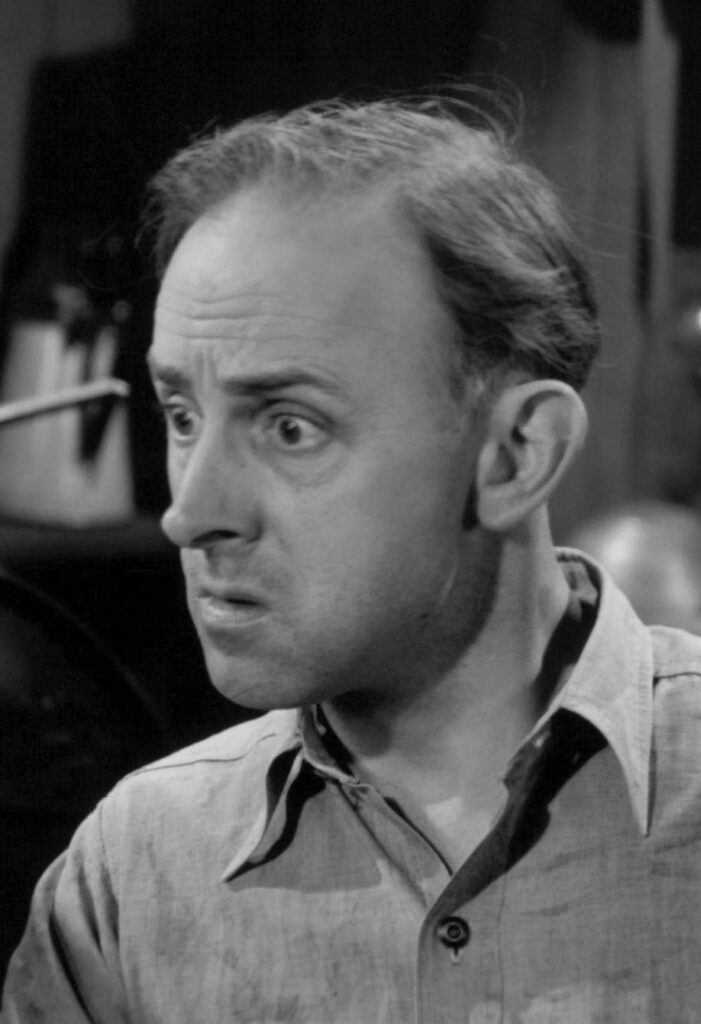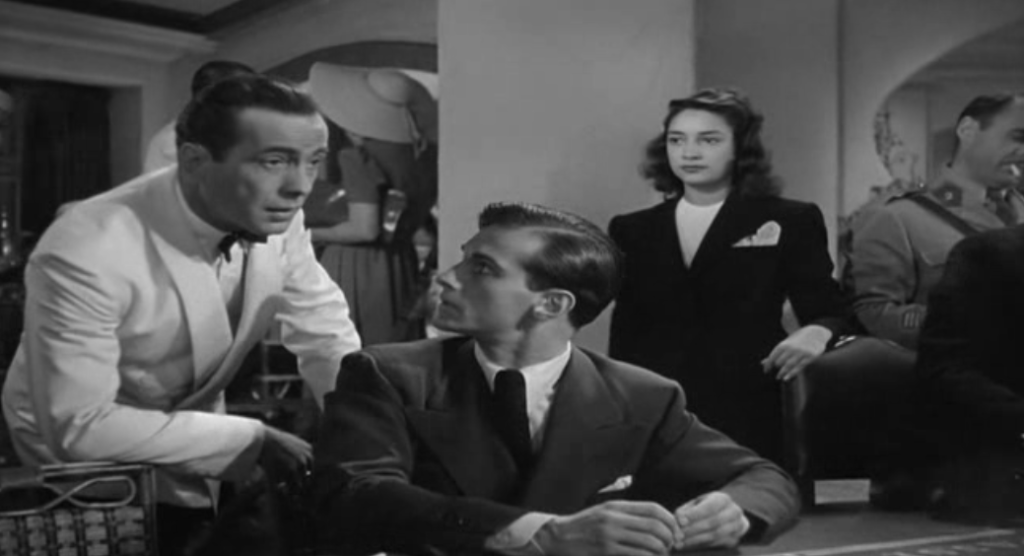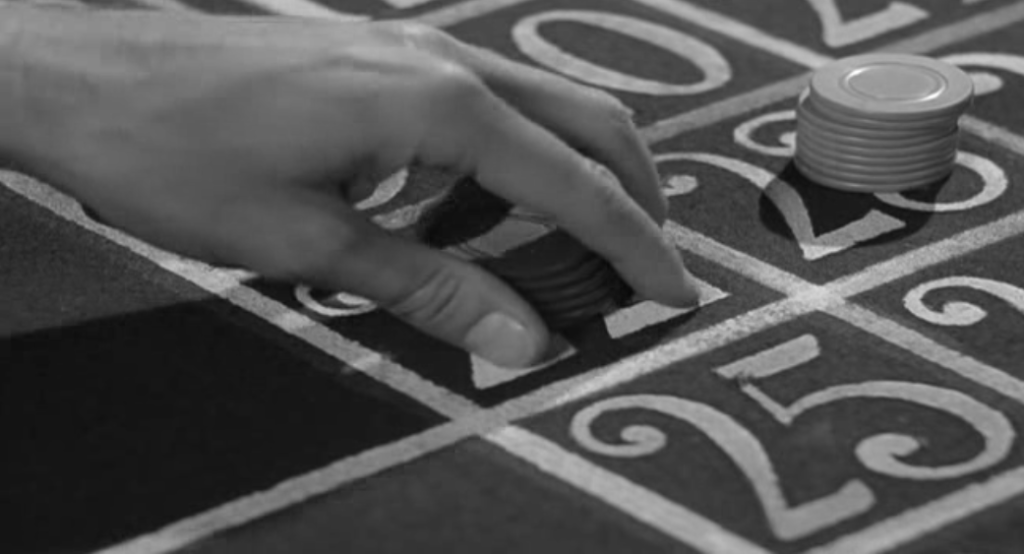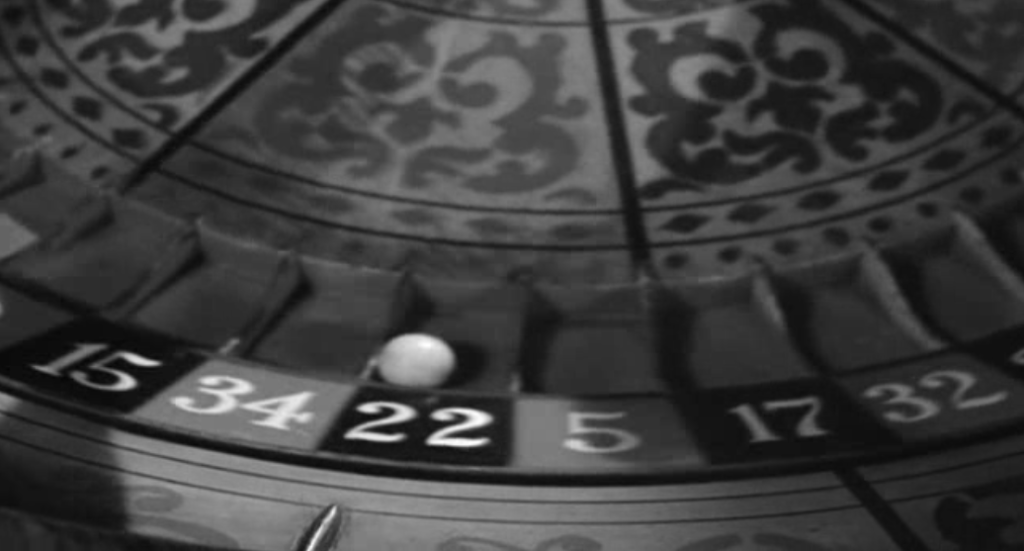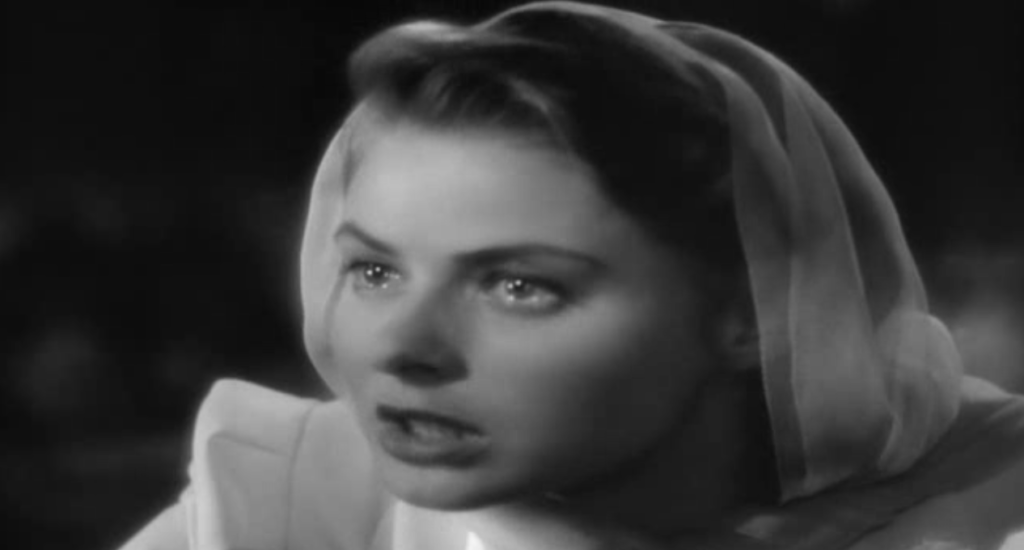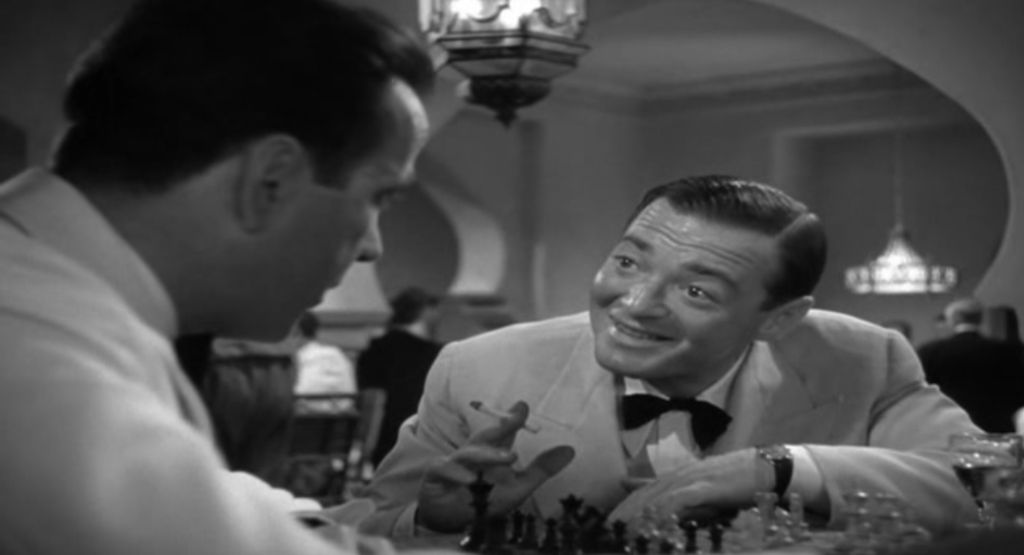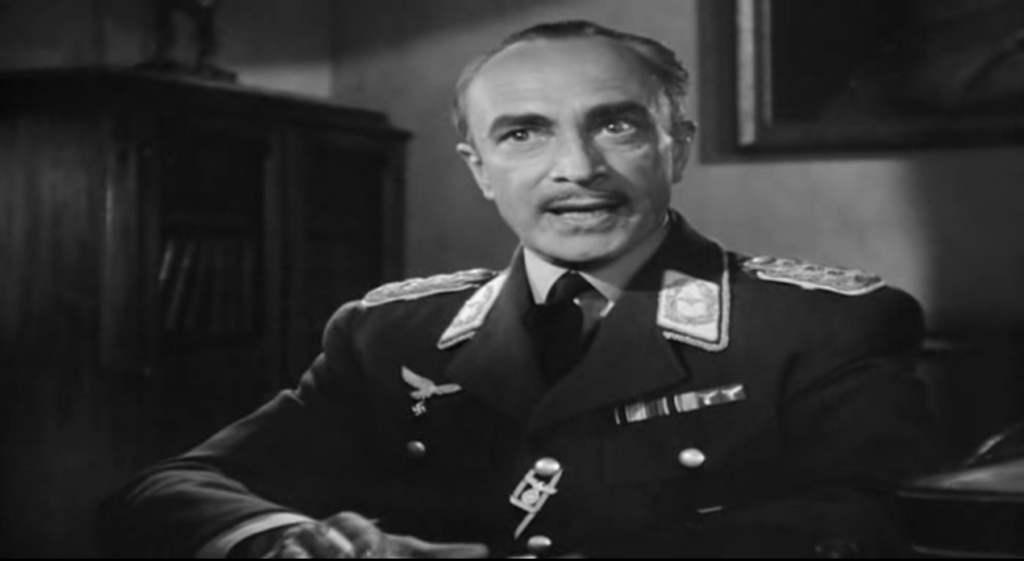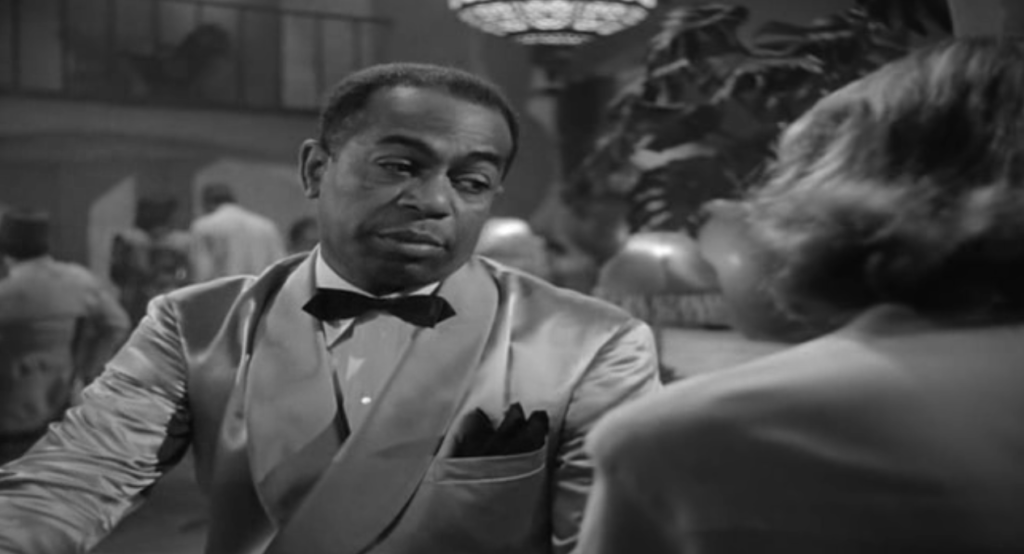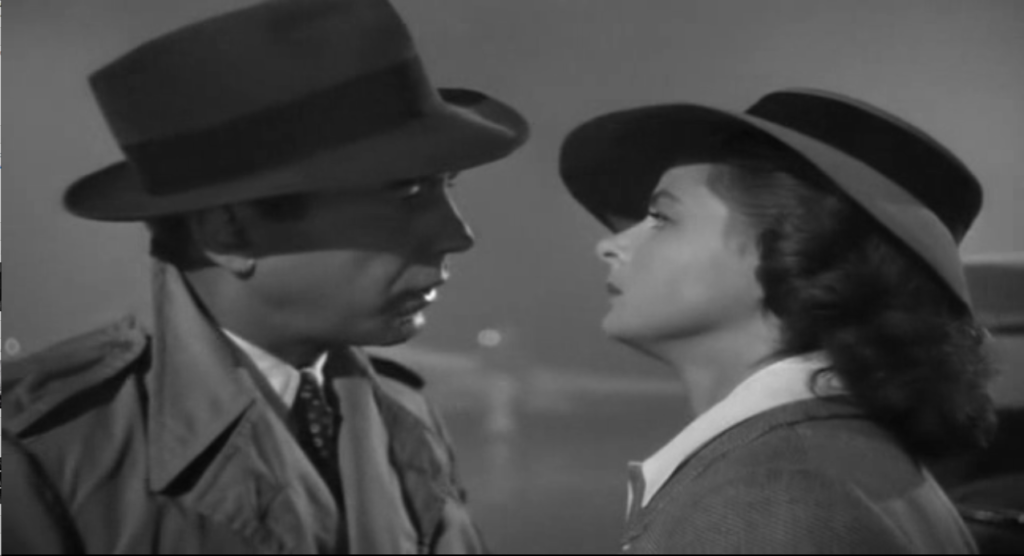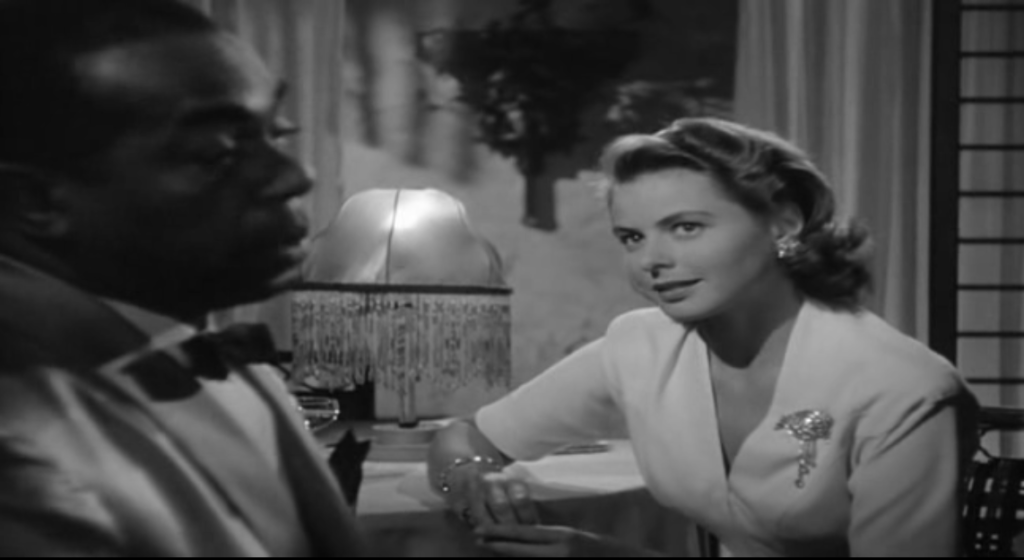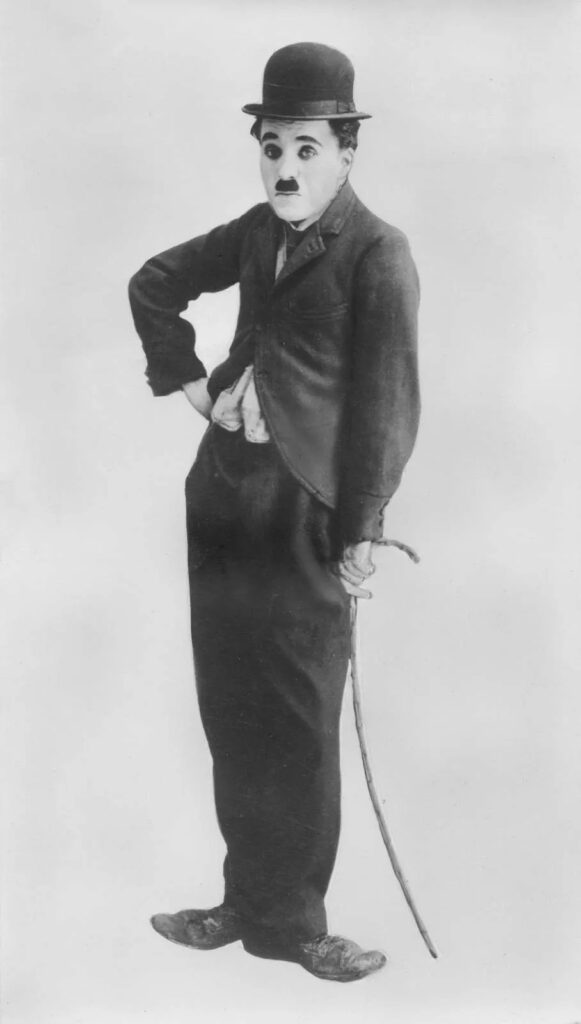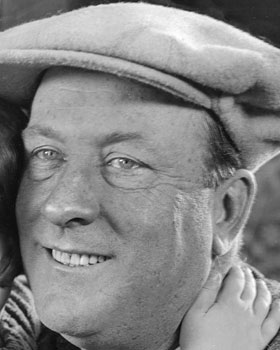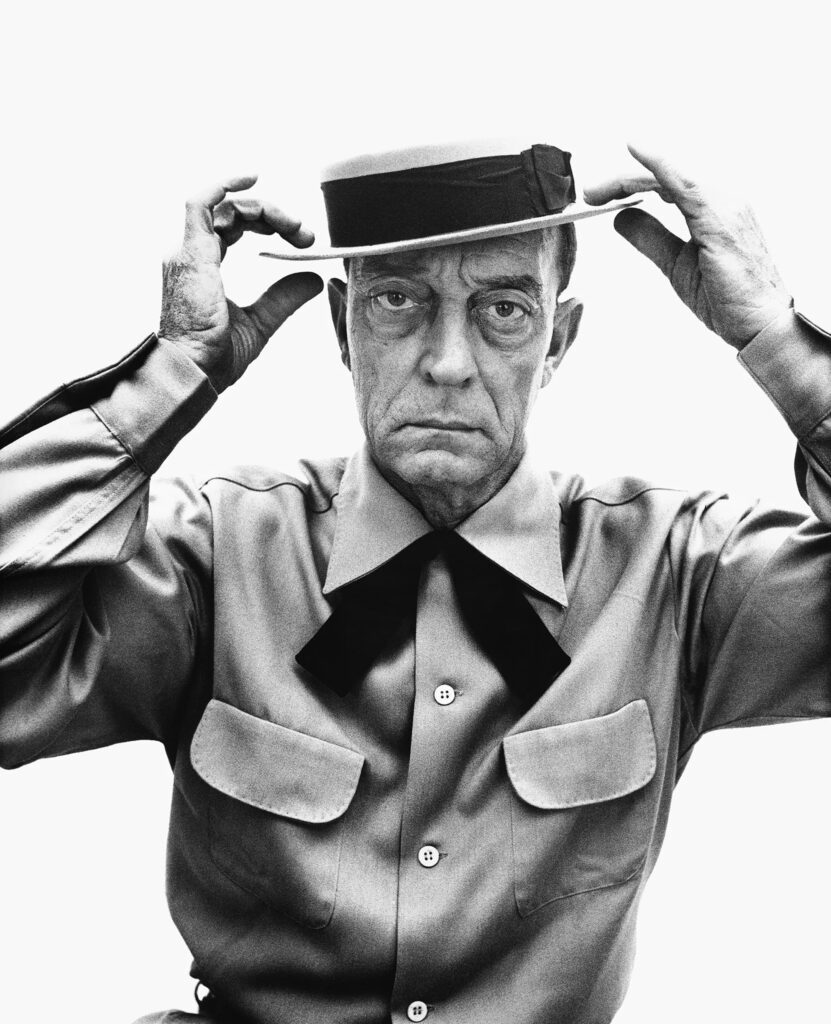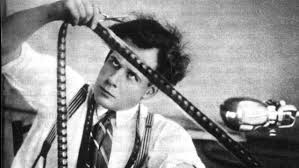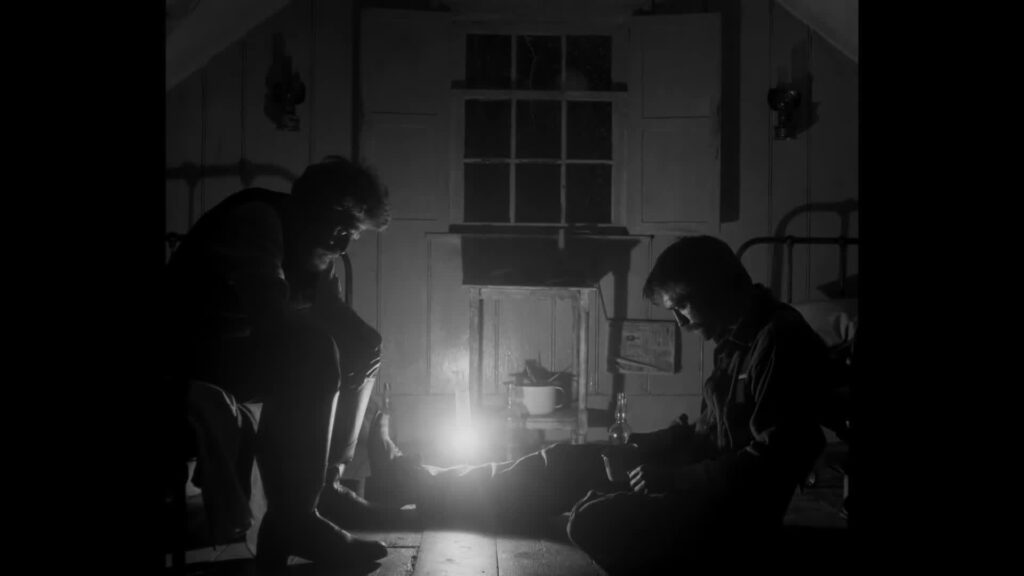1st impressions
8/10
Big fan of the faun. Only complaint is that the whimsy was less prevalent in the last 3rd, but I can deal with that because the story that takes place in the real world was also engaging and made me feel more attached to the characters.

I feel this is a memorable scene because it has possibly the most iconic character from Pan’s Labyrinth in it. It also is able to encapsulate the fear and tension in the is scene by having the Pale Man blurred In the background due to the shallow depth of field reflecting how Ofilia has no knowledge of him being awake is very effective.
- 10 things that the viewer knows in the 1st 10 mins.
- They know Ofelia will die (she is lying on the ground and bleeding)
- It’s a fantasy movie (the opening is suggesting it through its language.)
- She is a princess (it is stated in the opening)
- Ofelia reads (she has book)
- Carman is pregnant (she is pregnant)
- They are moving out there because the mother married the soldier guy (tells Ofelia to call him father)
- Mother is sick (car has to stop)
- Either Ofelia has a strong imagination, or magic is real in that world. (the funny statue and little creature)
- Soldier guy is the father of baby that is making the mother sick (he touches her on her stomach)
- Ofelia does not like the soldier guy, and soldier guy probably doesn’t like her (hand shake goes wrong gasp).
(IN Spain, captain is NOT a loving husband, after Spanish civil war, Ofelias dad is DEAD, Mercedes is spy)
- Cinematic breakdown of the 1st 3 mins.
Zoom in on Ofelia that changes to an exterior shot of her kingdom.
The establishing shot shows the kingdom in darkness, it is quickly panning over most of the landscape before focusing on a doorway.
In the doorway you can see a small girl running through a large door, it then transitions from the large staircase of the castle into the staircase in the portal at the middle of the labyrinth.
The camera then pans up from the bottom of the stairwell and looks up into the light to a fade to white.
Micro-elements:
- Sound
The Sound Design of the effects that accompany the violence is very realistic. This is most likely enhanced in post-production by Foley artists. As parts of this film fit a horror genre this adds to the horror and emotional impact of those violent actions on the viewer. There is also a music motif in the Lullaby that is sung to Ofelia. It can be diegetic when sung by an on-screen characters (the Mother or Mercedes) but it becomes the theme tune for the film taking on a number of different musical forms (orchestral) adding to the suspense in places or the emotional state of Ofelia (rather like the ‘Time Goes By’ tune is manipulated in ‘Casablanca’.)
- Cinematography
Cinematography was used the most effectively used when Ofelia was with the Pale Man. The use of the shallow depth of field was extremely effective in showing the audience how she was unaware of his presence, let alone his movement. This helps build suspense in the audience by showing them what’s going on behind Ofelia but keeping it still slightly a mystery because of the shallow depth of field. When Ofelia is runing away from him in the following scene, the camera follows her down the corridor, shaking slightly as she runs, which reinfoces the idea to the audience that this situation is stressful
- Mise-en-scene
The mise-en-scene is used very successfully in Pan’s Labyrinth to highlight the fantasy aspect in its genre. An example of this is the beginning of the film when they get out of the car because the mother is sick. Ofelia finds a statue of the Faun, the way that there is plants and foliage growing on it and extreme damage to one of its eyes shows that it has been there for many years. As well as this, the costuming of the fantastical creatures also helps immerse the audience. The best example of this is the Faun’s costume. They are made to look as if they are the statue that Ofelia came across, with the grey skin and the plants on his body. They also have very rigid body language. The set pieces used for these fantastical moments are also very well thought out. An example of one of these pieces is the tree that houses the Toad. The shape of the tree could be seen as mimicking the shape of the Faun’s horns, which are featured on the entrance to the Labyrinth.
- Editing
In the opening scene, a very beautiful effect is used, where a model has been built of the underworld, and the child playing Ofelia is seen running up the stairs. There is no clear place where it may cut from model to set. The way that the movie keeps the audience engaged in both sides of the story, real and fantastical, is very effective. Which works in the movies favor when during the last third, there is very little of the fantasy aspect of the movie so that the audience gets the same idea as Ofelia, that magic is not real in this world.
Representation (Gender)
How are men and women represented differently and how does this position the viewer?
Ofelia – she is a princess. Very feminine. She is a small girl so is shown as naïve, as well as being perceived as such by Vidal.
Carmen – not a great mother. Is very clearly important to Ofelia. Meant to be sympathized with, because of the fact she had to marry Vidal.
Captain Vidal – clear binary opposition to the mother. He is very clearly pushing a very masculine ideology onto both his wife and their unborn child. He clearly wants someone to be his successor (which is why he is so adamant about having a son).
Mercedes – much more motherly than Carmen, does most of her rebelling for her partner. She states that she knew she wouldn’t be suspected of rebelling because she was a woman and that Vidal doesn’t see women as people so took no mind to her.
Doctor – maybe a little non gender confirmative? While yes, a doctor is a very male centric profession, The Doctor is seen as very caring about the people in his care and is very careful with particularly Ofelias mother.
Officers and Soldiers in Franc’s Army – all men. Follow the orders.
Communist / Left wing rebels – mostly all men.
——————————————————————————————–
Fantasy characters:
Pan (a faun) – Very caring for Ofelia but does abandon her once things don’t go along with their plan. This could make them fit in both a motherly role, but also play into the same kind of aggression that Vidal shows.
Fairies (x 3) – they take on a female form once shown the picture of the female fairies in Ofelia’s book. They are like guides for Ofelia.
The Pale Man – Pale they. They are more violent towards children which links to a masculine presentation of them.
The King and Queen of the Underworld – shown in a regal gold, links to the warm tones that Ofelia is shown in throughout the whole movie. As they are meant to be better parents to Ofelia, the golden warm light contrasts with Vidal’s cold light
Aesthetics
What is the ‘look of the film’? How has this been achieved?
Consider colour palette / music, realism v fantasy, magic realism (find out what this means in literature), Lighting.
the colour pallet is very important tot he story of the film, again showing the movies clear binary opposites in Vidal and Ofelia. While Ofelia has a very warm, golden colour palette to complement her role as a princess, Vidal’s colour palette is cold to reflect his feelings and his occupation as an Officer.
History and Social Contexts
Remnants of conflict. The rebels are shown as the caring ones while the fascists are shown as care. Not as realistic because in real life, the fascists won rather than the rebels. The movie is visually very historically accurate. The society is very historically accurate. The scene with the food is accurate because they are having lots of food but rationing out the food for everyone else.
Watch video embedded into last slide on powerpoint (in RED)
Combination of practical effects and CGI. It has like puppetry. The mandrake was a puppet, making its movements and look more realistic, while the frog was CGI. (that was due to complications about the weight of the animatronic originally made for the scene.)
Spanish film, because made in Spain with Spanish film crew/cast. The film was a passion project. Del Toro put his own money into this so he was able to cut out the studio from this, so they can’t change the story to westernize it or change the story in any way, so he gets full creative freedom for this movie. The movie was a good investment because it cost 19m and made 83m in box office. It won 3 Oscars (in best cinematography, makeup and art direction.)
 (editing wise)
(editing wise) 